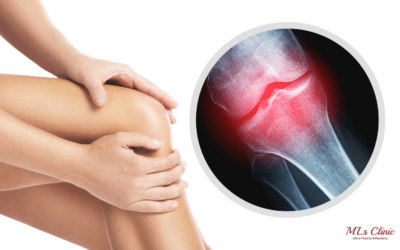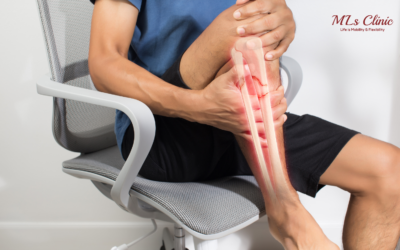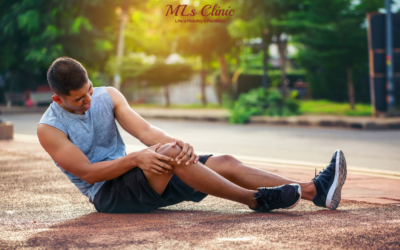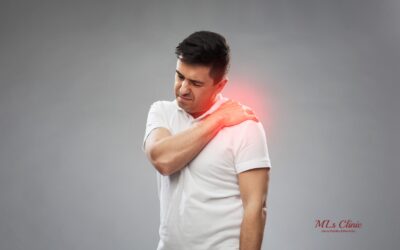Know Wrist Pain: How To Recognize De Quervain’s Tenosynovitis?
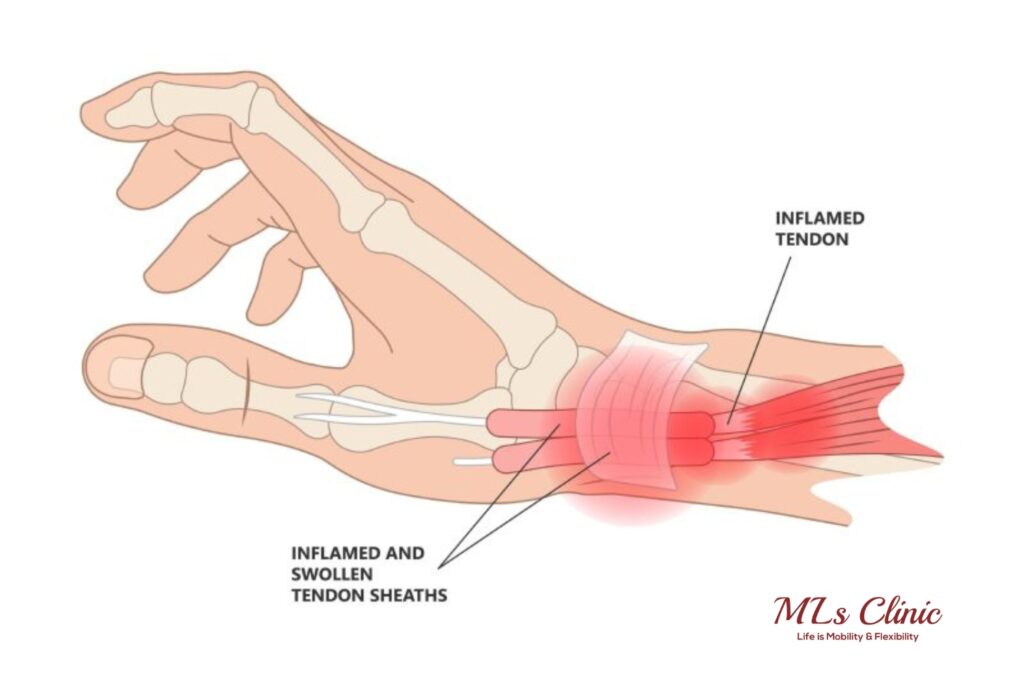
De Quervain’s tenosynovitis is painful swelling near the thumb tendons, often caused by repetitive thumb or wrist movements, such as those done in work or hobbies. Most people recover by wearing a splint and resting their wrist for a few weeks. In rare cases, surgery may be needed to relieve pressure on the tendons.
What is De Quervain’s Tenosynovitis?
De Quervain’s Tenosynovitis, also known as radial styloid tenosynovitis, is a condition characterized by inflammation of the tendon located at the base of the thumb, near the wrist. This condition limits thumb movement and can lead to pain when using the wrist, gripping objects, or forming a fist.
Named after Swiss surgeon Fritz de Quervain, who first identified it in 1895, this condition results in wrist pain and reduced flexibility in the tendons.
There are options for both surgical and non-surgical treatments. It is often caused by repetitive strain on the muscles, which is why it is commonly referred to as gamer’s thumb, texter’s thumb, or mommy’s thumb.
Symptoms and Causes of De Quervain’s Tenosynovitis
What are the symptoms of De Quervain’s Tenosynovitis?
- Pain on the wrist’s radial side (near the thumb)
- Pain may occur suddenly or gradually
- Pain worsens during hand, wrist, or thumb use
- Pain radiates to the thumb or forearm
- Increased pain when gripping or pinching objects
- Other symptoms:
- Swelling
- Snapping or popping sensation in the wrist
- Stiffness in the thumb
- Numbness in the wrist or thumb
What are the Causes?
- Overuse of the thumb or wrist
- Repetitive gripping motions
- Inflammatory conditions (e.g., arthritis)
- Direct trauma to the thumb or wrist
What are the Risk Factors?
- Women and those assigned female at birth
- Individuals over 40
- Childcare workers
- Parents of young children
- Manual laborers
- Athletes
Diagnosis and Tests for De Quervain’s Tenosynovitis
How to Diagnosis De Quervain’s Tenosynovitis?
During the initial checkup, the orthopedic doctor will look for symptoms, take a medical history, and perform a physical exam. They will decide if an x-ray is necessary.
One way to diagnose de Quervain’s tenosynovitis is Finkelstein test for thumb pain. In this test, the patient folds their thumb and wraps their fingers over it, then moves their wrist up and down like shaking hands. If this movement causes pain at the base of the thumb, it indicates de Quervain’s tenosynovitis.
Dr. Preetesh Choudhary, who is the best orthopedic doctor in Indore will recommend imaging tests like X-rays to examine your wrist joint for other conditions that could be causing pain, such as osteoarthritis.
Management and Treatment of De Quervain’s Tenosynovitis
To treat de Quervain’s tenosynovitis, an orthopedic surgeon will typically recommend ways to manage your symptoms while your thumb tendons heal. Common treatments include:
- Wearing a splint or brace: This keeps your wrist and thumb stable, relieving pressure on the tendons.
- Icing your wrist: Applying ice packs wrapped in a towel for 20 minutes several times a day can help reduce swelling and pain.
- Rest: Limit use of the affected wrist and avoid activities that triggered the pain.
- NSAIDs: Over-the-counter pain relievers can help reduce inflammation. Avoid using them for more than 10 days without consulting orthopedic surgeon.
- Corticosteroids: Your orthopedic surgeon may inject anti-inflammatory medication directly into the affected area.
De Quervain’s Tenosynovitis Exercises
Your orthopedic surgeon may recommend stretches and exercises to improve wrist strength and flexibility. A common exercise is to grip a tennis ball lightly for a few minutes, then rest. If there’s no pain, try gripping it with slightly more pressure. Your orthopedic surgeon will specify how often to do these exercises, and it’s important not to push through pain.
De Quervain’s Tenosynovitis Surgery
Most people don’t require surgery, but if other treatments fail, your orthopedic surgeon might suggest it. The surgery is usually outpatient, involving a small incision around the thumb tendons to allow more movement. Your orthopedic doctor will explain what to expect and the recovery process.
Prevention
Prevention of De Quervain’s Tenosynovitis
To prevent de Quervain’s tenosynovitis, it’s important to avoid overusing your thumbs and wrists by:
- Learning proper techniques and using protective gear for sports and physical activities.
- Gradually easing into new exercises or activities to prevent injury.
- Taking breaks during repetitive tasks.
- Not pushing through pain if your wrist hurts during or after activities.
- Allowing your body time to rest and recover after intense exertion.
Health Note
De Quervain’s tenosynovitis is swelling around the tendons in your thumb, making it painful and difficult to use your thumb and wrist. Most people can heal with rest, home treatments, and wearing a splint or brace for a few weeks. If you’ve started a new activity that puts strain on your thumbs and wrists, or if you use your hands frequently at work, let Dr. Preetesh Choudhary, who is the best orthopedic doctor in Indore for wrist pain know about it. He will help you manage your symptoms and safely return to your favorite activities.

